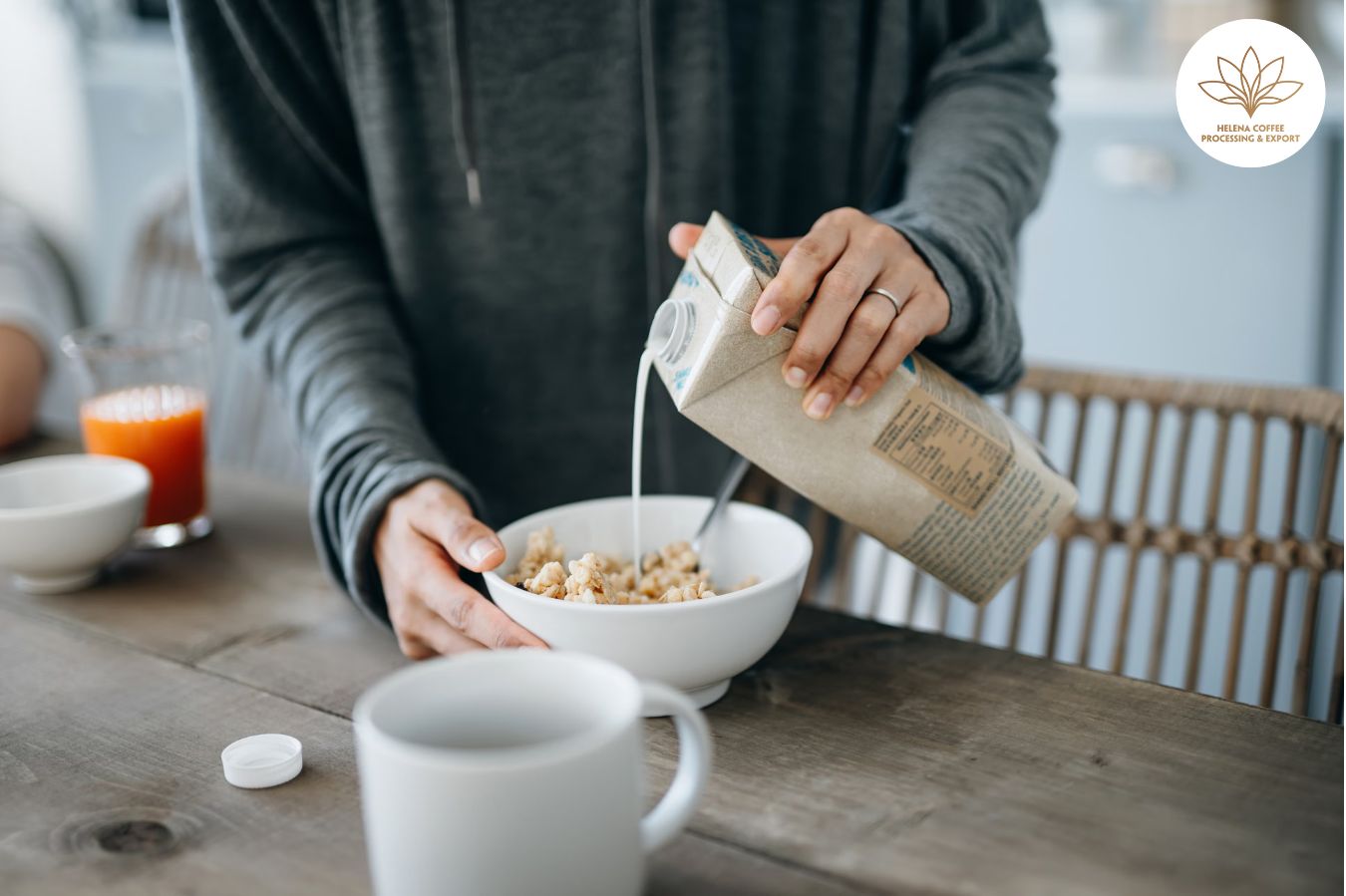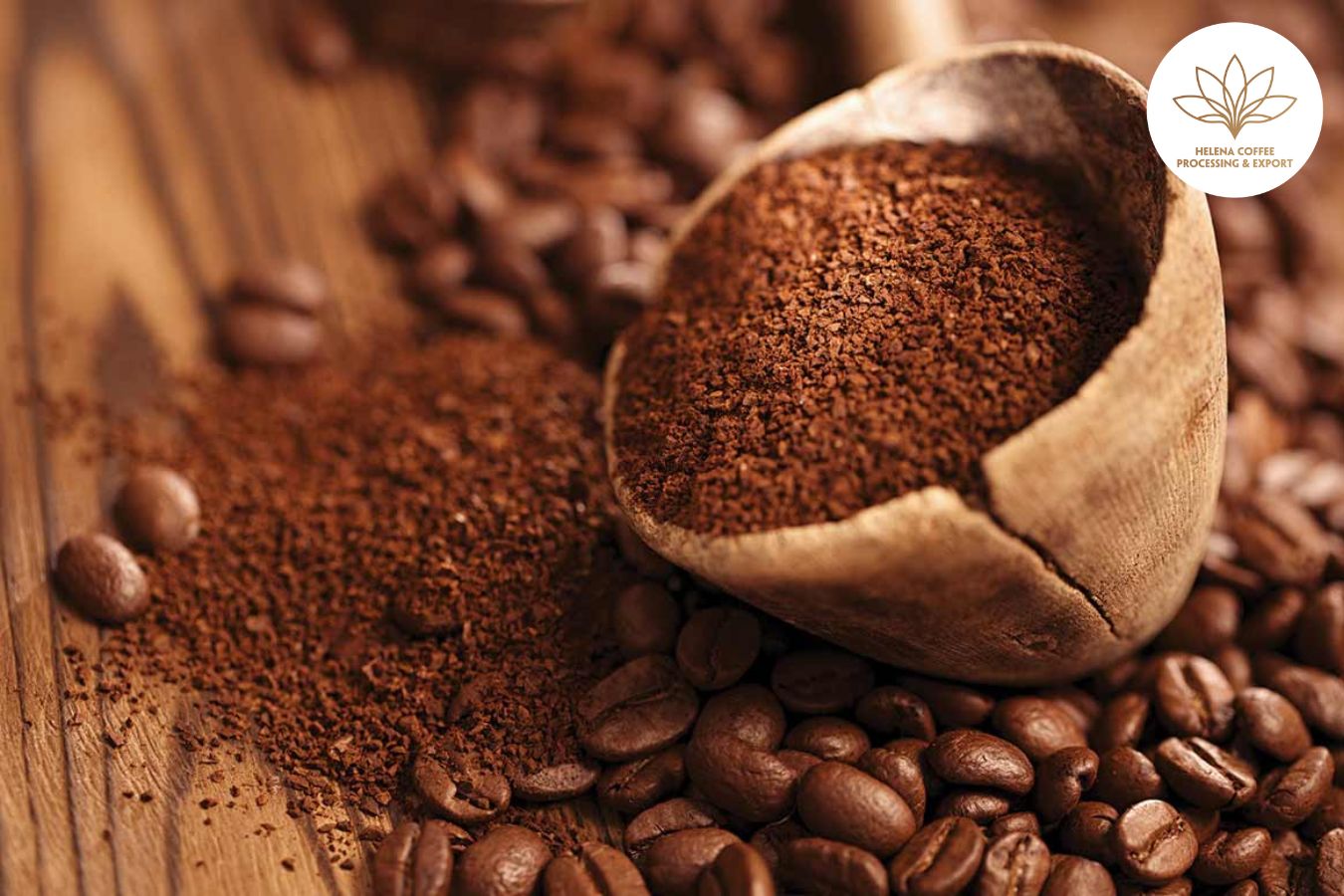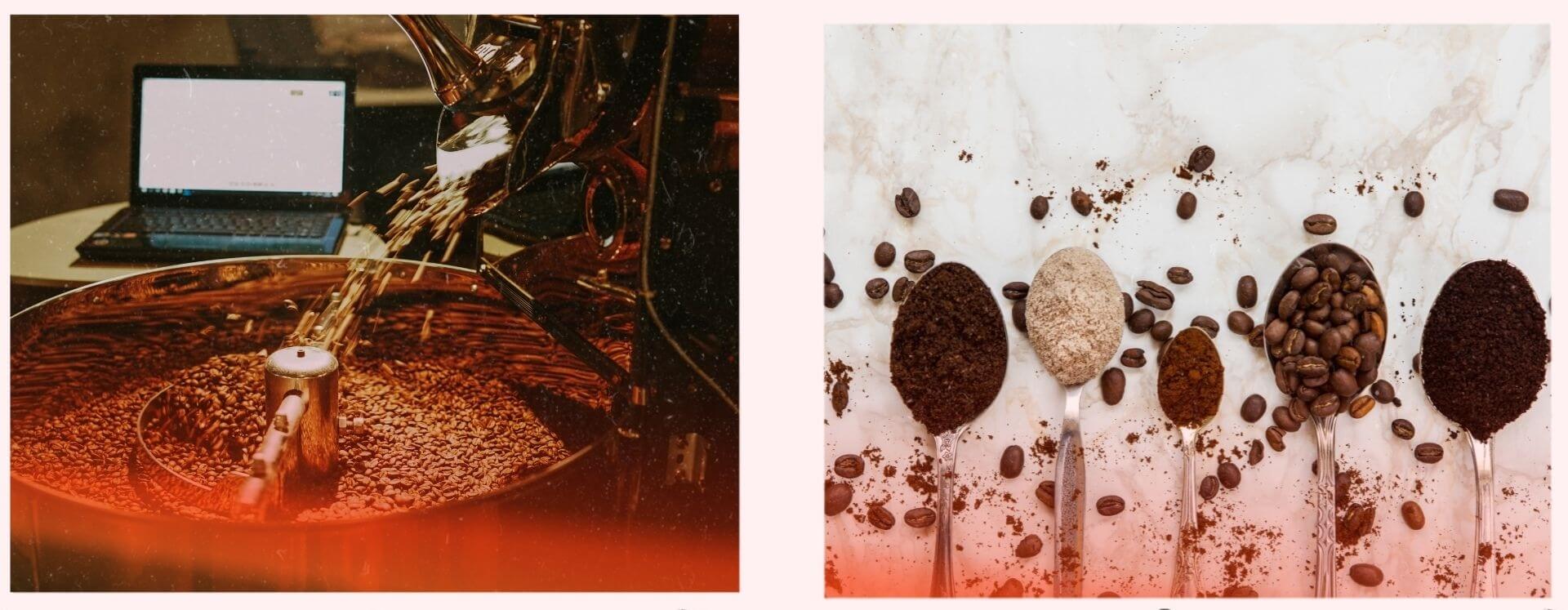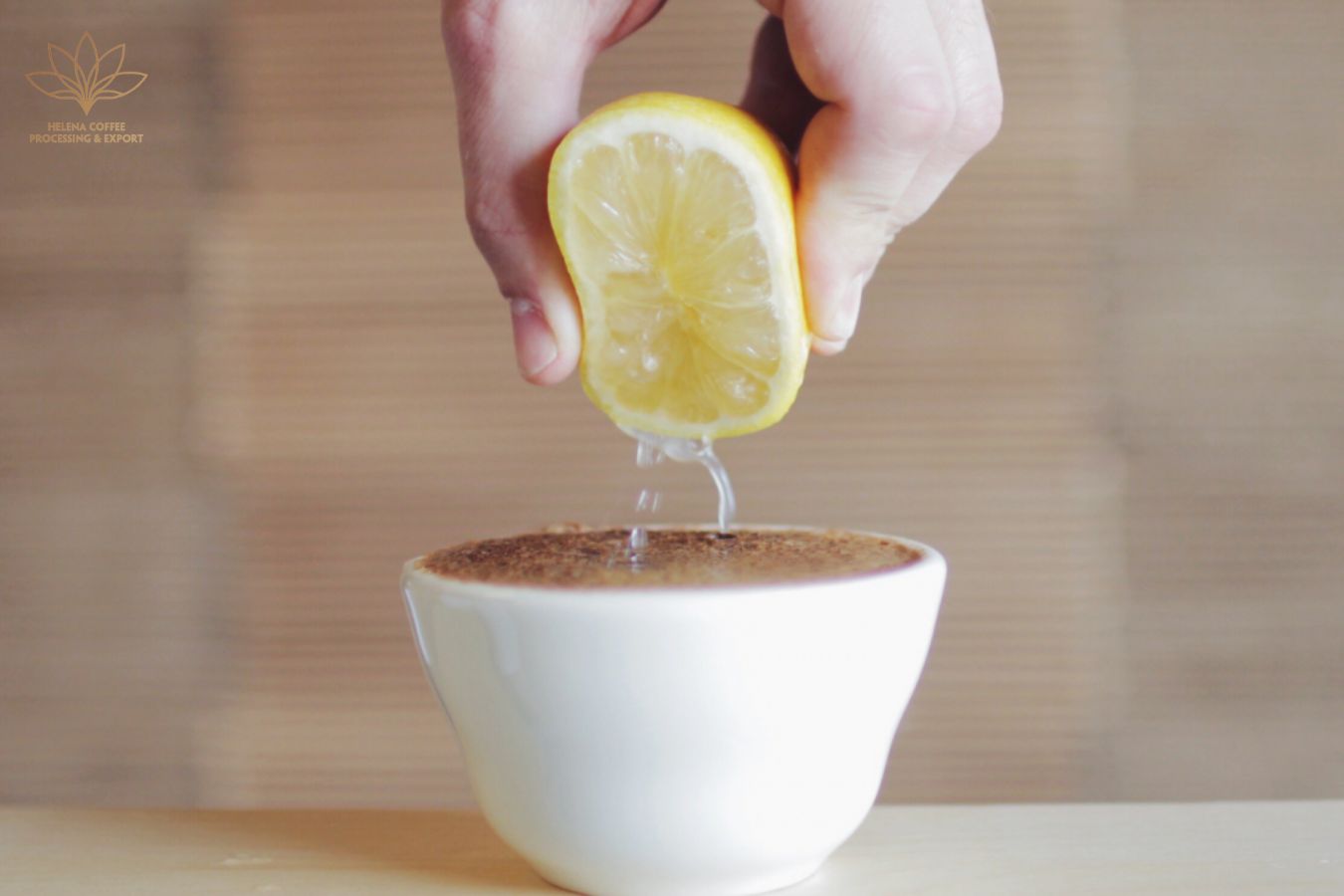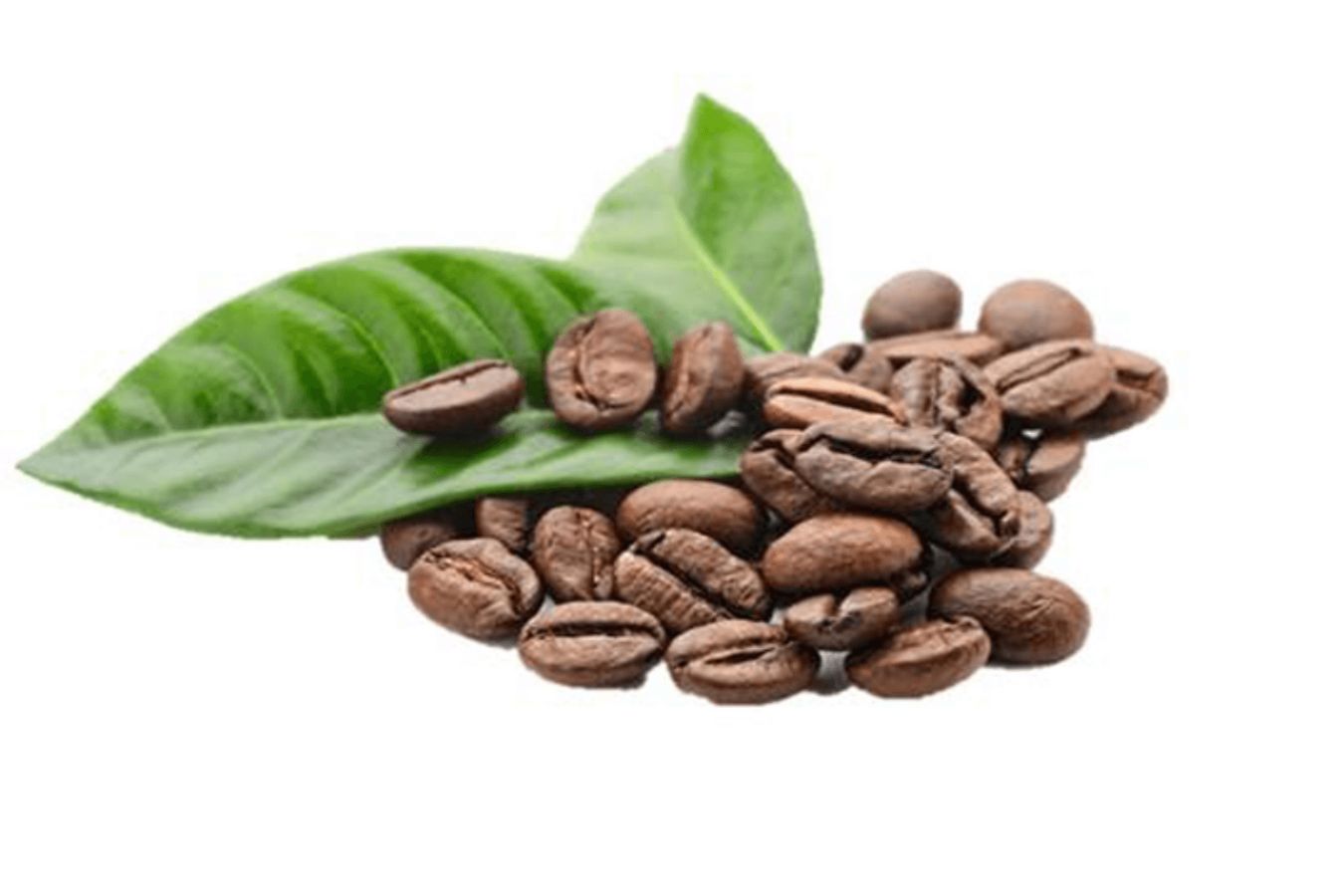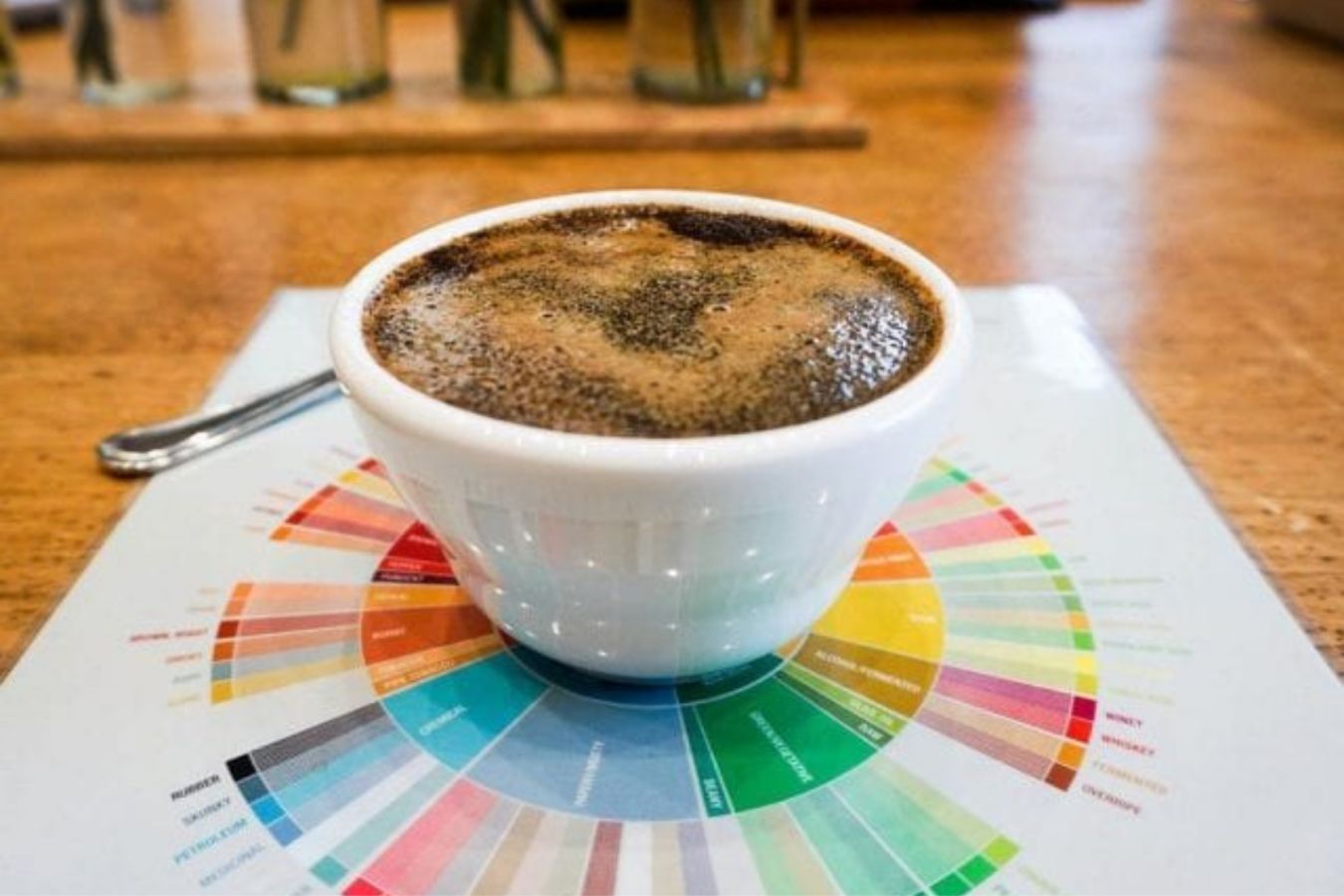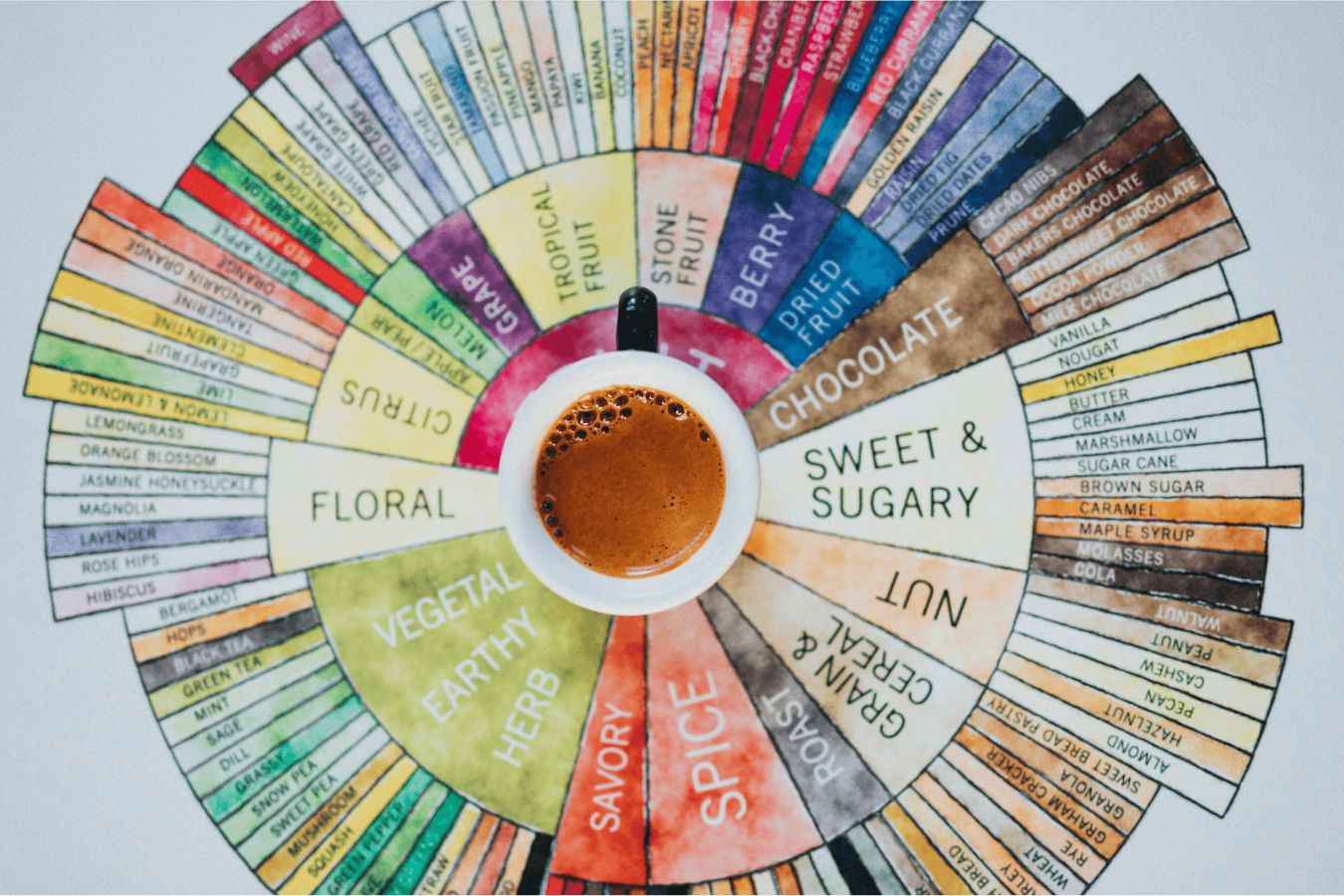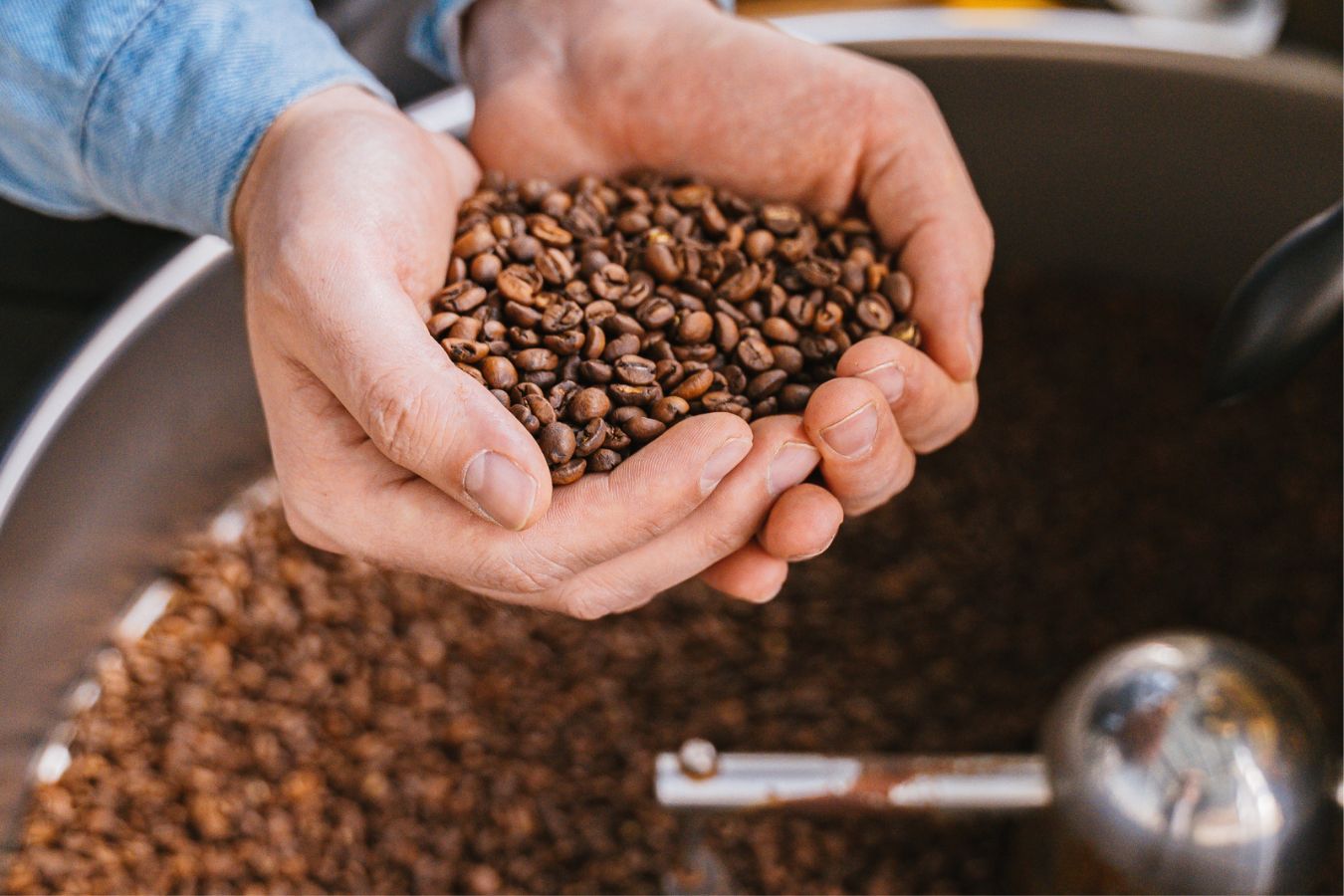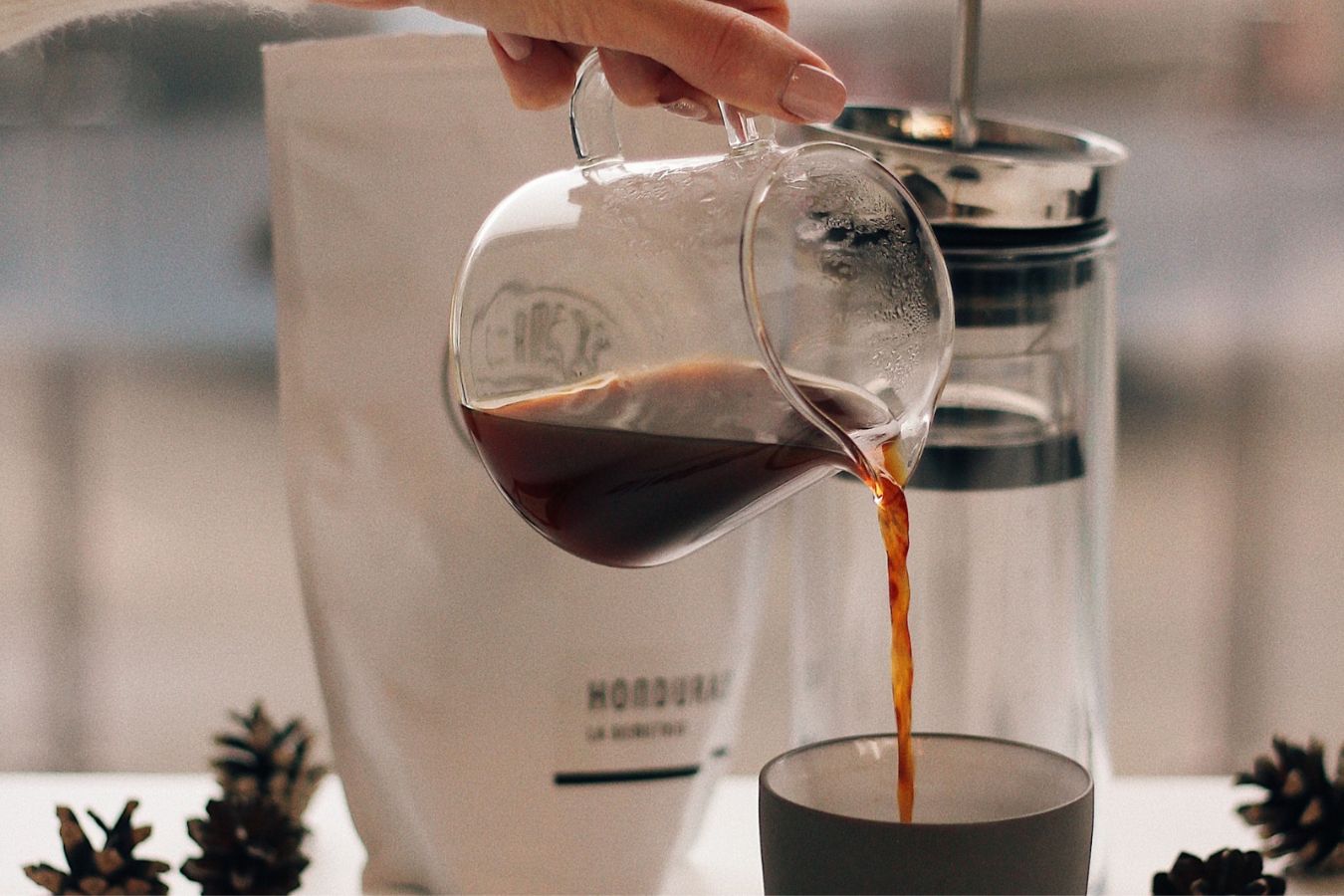 Arabica
Arabica What Makes Drinking Too Much Coffee Cause To Jitters?
Drinking Too Much Coffee cause to Jitters: All of us who have drank too much coffee know this experience: shaking hands, rapid heart rate, and an underlying feeling of anxiety. These side effects are often a result of consuming high levels of caffeine , hence the term “caffeine jitters.”
For many professionals in the sector (and even consumers), drinking and tasting coffee is part of their daily routine, making it somewhat inevitable. Now, many people want to regulate their caffeine consumption, …
